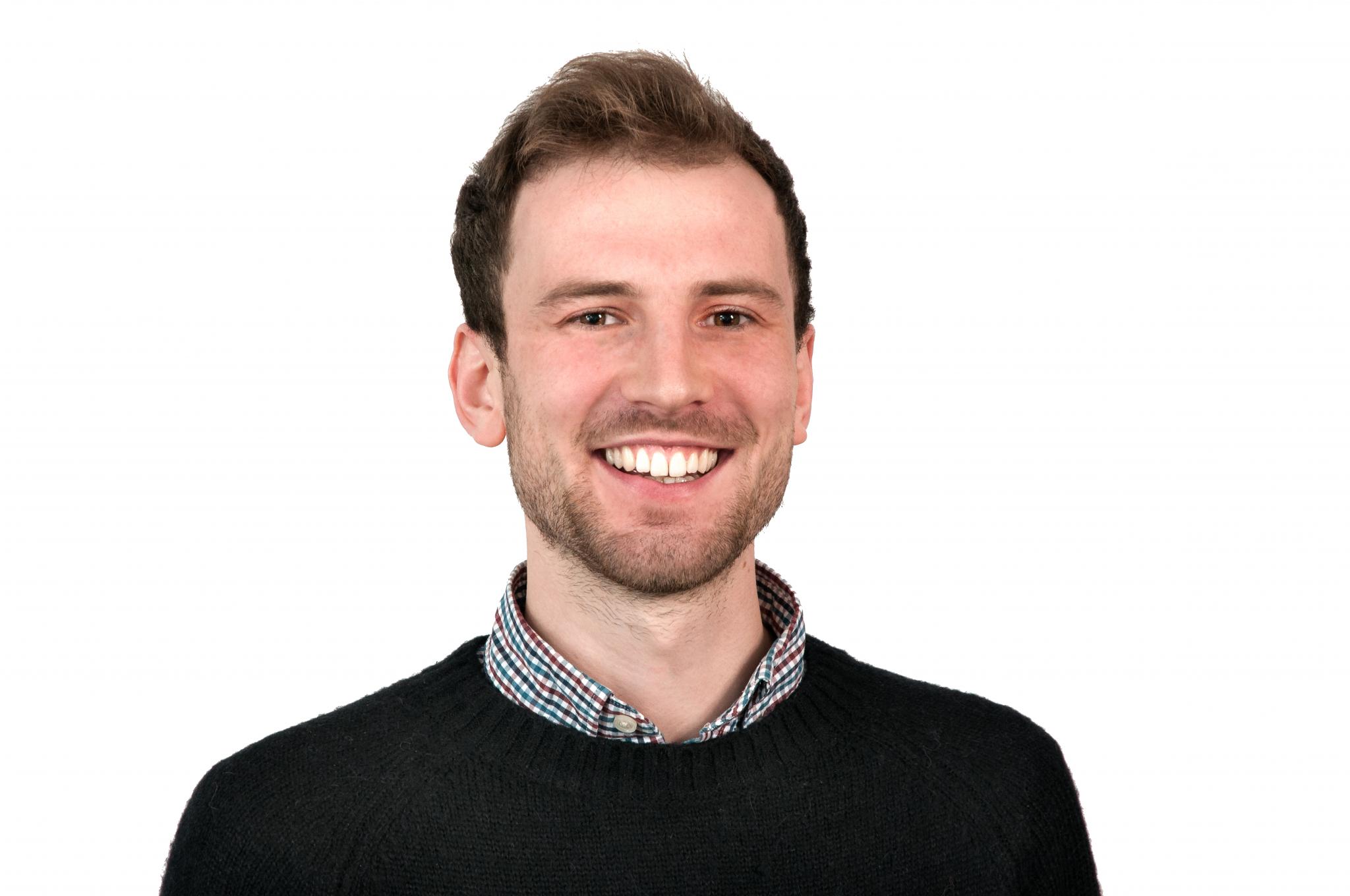What interested you in doing the master, what did you enjoy most?
The multidisciplinary aspect of the master attracted me. I had an interest in how migration changes cities. I am from Swansea and this is not a well-known migration city but we also had migrants like African refugees and Polish people. I was interested in day-to-day ways of how migration changes our cities and our interactions in cities. I narrowed that down in my master focusing on one specific neighbourhood in The Hague.
Interdisciplinarity is the future of migration studies.
To fully understand migration we need different perspectives. In that sense, this master specialization is very important to the field of migration studies. Migration has grown in society and migration studies have grown but this doesn’t necessarily mean there has been dialogue between different disciplines. The GMD courses addresses that lack of dialogue.
Approach migration from multiple perspectives
You can’t completely understand migration and diversity without knowing history. The history track from Leiden University helps us to understand why people migrate and why they migrate to certain places. But if you look at the public administration perspective, you will perhaps understand why people can migrate to certain places. For example, you will have to know how the welfare state operates and the policy aspect of that. The sociological aspect helps us to understand how migrants and societies relate: the different phenomena related to day-to-day interaction. And also how they interact with their home societies. Urban design, a course from TU Delft, looks at the design of a neighbourhood and how this can have an impact on the interaction between migrants and their neighbours. Interdisciplinarity is the future of migration studies.
I particularly enjoyed how the theory came into action and how migration governance takes shape in society. For example, we visited the Essalam musk in Rotterdam and visited the ‘Azielzoekerscentrum’ (AZC) in ‘s-Gravendeel, close to Dordrecht. We went to the Transvaalkwartier in The Hague, next to the Hague market, which has been rebuilt in the past 20 years. It was interesting to see how cities pro-actively address the change in population. And as young scholars we managed to build a network during these field trips with potential future employers and also build a network with scholars beyond your own discipline.
Dealing with current societal issues
I think a specific challenge now for migration policy makers is how to deal with day-to-day tensions around migration at a city level. In recent years we have seen a rise in populism and rise in support for parties who are anti-immigration. We have to address those concerns seriously. But we also need to understand that other people from other countries live in these cities, using these cities and contributing to these cities. Migration policy makers need to address these tensions.
I am now doing my PhD research together with Peter Scholten, Professor in Public Administration at Erasmus University Rotterdam, on how migration researchers can create a good relation with policy makers. How can we create more transparency and clear communication between researchers and policy makers? This is a challenge for migration researchers.
GMD gave me a good opportunity to see the country on my bike. I you like cycling I recommend the master Governance and Migration and Diversity.

